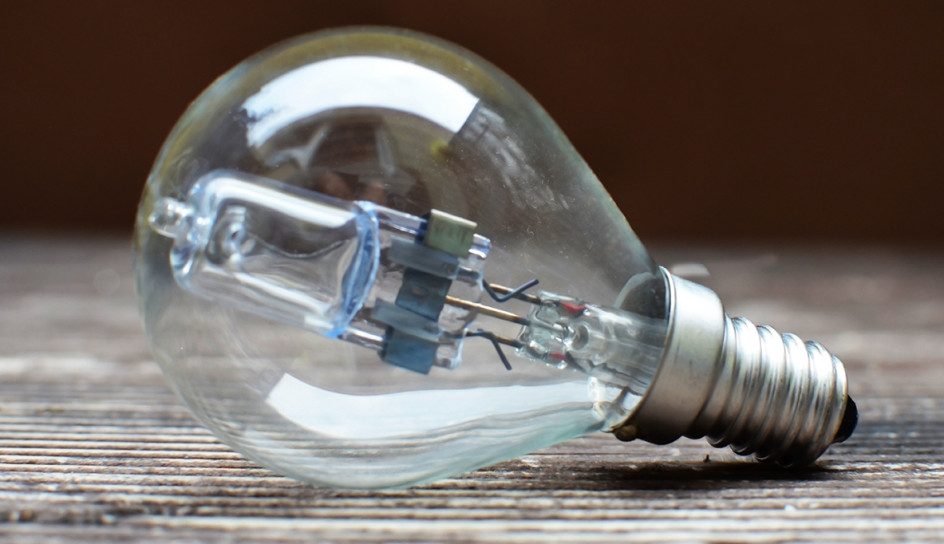LED stands for Light Emitting Diodes. According to Energy Star, LEDs are “semiconductor devices that produce visible light when an electrical current passes through them.” If you’re not a scientist, that seems to sum it up pretty well, so let’s move on to the bottom line.
LEDs are more efficient than incandescent and compact fluorescent lighting, which makes them more durable, versatile, and longer lasting. Incandescent bulbs produce light by using electricity to heat a metal filament until it’s “white hot,” and as a result 90% of their energy is released as heat instead of light. LEDs don’t radiate heat in the same way, and the heat produced from the power going into the product must be drawn away from the LEDs, usually with a heat sink – which is a passive device that absorbs the heat to later dissipate into the surrounding environment. LED products use a variety of unique heat sink designs to manage heat, so they may look very different from each other. Heat management is very important for LEDs; higher temperatures will lead to the light degrading quicker, and a shorter useful life.
Another main difference is the product’s lifetime. LEDs don’t burn out or fail the way incandescent bulbs do. Instead they experience lumen depreciation, which means the amount of light produced decreases and the color of the light can shift over time. As a result, LEDs lifetimes are set based on when the light output decreases 30%.
To sum up:
LEDs are the wave of the future. They waste less power because they more efficiently convert electricity into light instead of heat. They also don’t burn out or fail, but slowly degrade over time.
LEDs are perfect for a multitude of settings – hotels, schools, hospitals, manufacturing facilities, retail spaces, and more. And they’re great for the planet too!
Written by Natalya Bakay

